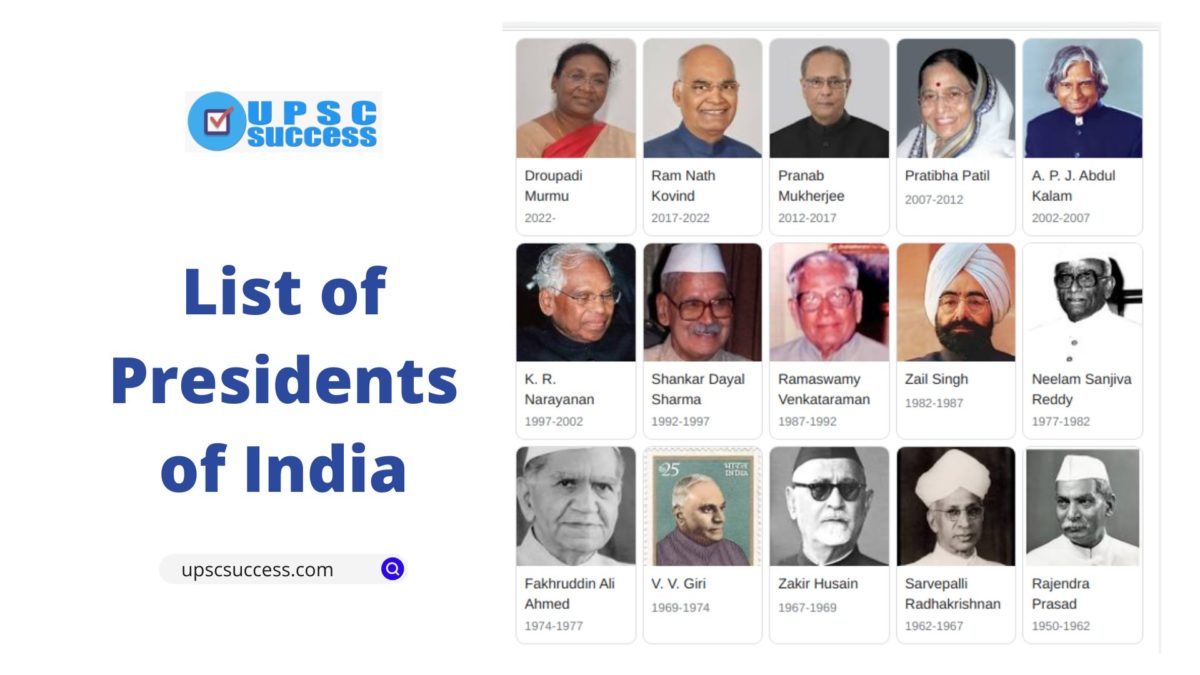Contents
- 1 President of India List from 1950 to 2022
- 1.1 1. Rajendra Prasad (1884–1963)
- 1.2 2. Sarvepalli Radhakrishnan (1888–1975)
- 1.3 3. Zakir Husain (1897–1969)
- 1.4 3.1 Varahagiri Venkata Giri (1894–1980)
- 1.5 3.2 Mohammad Hidayatullah (1905–1992)
- 1.6 4. Varahagiri Venkata Giri (1894–1980)
- 1.7 5. Fakhruddin Ali Ahmed (1905–1977)
- 1.8 5.1 Basappa Danappa Jatti (1912–2002)
- 1.9 6. Neelam Sanjiva Reddy (1913–1996)
- 1.10 7. Giani Zail Singh (1916–1994)
- 1.11 8. Ramaswamy Venkataraman (1910–2009)
- 1.12 9. Shankar Dayal Sharma (1918–1999)
- 1.13 10. Kocheril Raman Narayanan (1920–2005)
- 1.14 11. A. P. J. Abdul Kalam (1931–2015)
- 1.15 12. Pratibha Patil (1934–)
- 1.16 13. Pranab Mukherjee (1935–August 2020)
- 1.17 14. Ram Nath Kovind (1945–)
- 1.18 15. Droupadi Murmu (1958 – )
- 2 Presidents of India (Tabular View)
- 3 Presidents of India: Important Facts
- 4 FAQs
Presidents of India List from 1950 to 2022
Article 52 of the Indian Constitution states that there shall a President of India. The president is the nominal head of the government, he acts on the advice of the Prime Minister (Council of Ministers).
The President is elected indirectly by an electoral college comprising both Houses of Parliament and the legislative assemblies of each state.
On 26 November 1949, the Constitution of India was adopted and came into force on 26 January 1950. The first constitutional head of the state, the President of India was Rajendra Prasad.
President of India List from 1950 to 2022
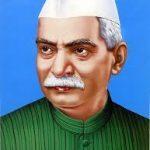
1. Rajendra Prasad (1884–1963)
Term: 26 January 1950 – 13 May 1962
Party: Indian National Congress
He was the first President of republic India.
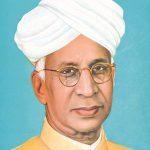
2. Sarvepalli Radhakrishnan (1888–1975)
Term: May 13th, 1962 – May 13th, 1967
He was the 2nd President of India.
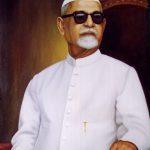
3. Zakir Husain (1897–1969)
Term: May 13th, 1967 – May 3rd, 1969
Hussain was vice chancellor of the Aligarh Muslim University and a recipient of Padma Vibhushan and Bharat Ratna. He died in office, the first to do so. He was also the shortest-serving President. He was also the first Muslim President.
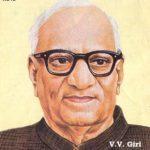
3.1 Varahagiri Venkata Giri (1894–1980)
Term: May 3rd, 1969 – July 20th, 1969
He was elected Vice President of India in 1967. Following the death of President Zakir Hussain, Giri was appointed as Acting President of India. He resigned in a few months to take part in the presidential elections.
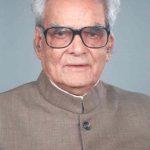
3.2 Mohammad Hidayatullah (1905–1992)
Term: July 20th, 1969 – August 24th, 1969
Hidayatullah served as the Chief Justice of India and was also a recipient of the Order of the British Empire. He served as Acting President of India until the election of Giri as the President of India.

4. Varahagiri Venkata Giri (1894–1980)
Term: August 24th, 1969 – August 24th, 1974
Giri is the only person to have served as both an acting president and president of India. He was a recipient of the Bharat Ratna, and has functioned as Indian Minister of Labour and High Commissioner to Ceylon (Sri Lanka).
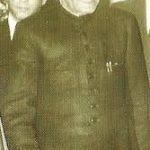
5. Fakhruddin Ali Ahmed (1905–1977)
Term: August 24th, 1974 – February 11th, 1977
Fakhruddin Ali Ahmed served as a Minister before being elected as president. He died in 1977 before his term of office ended, and was the second Indian president to die in office. He was also president during Emergency.
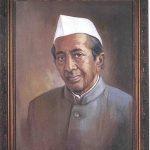
5.1 Basappa Danappa Jatti (1912–2002)
Term: February 11th, 1977 – July 25th, 1977
Jatti was the vice president of India during Ahmed’s term of office, and was sworn in as Acting President of India upon Ahmed’s death. He earlier functioned as the Chief Minister for the State of Mysore. 1974
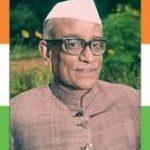
6. Neelam Sanjiva Reddy (1913–1996)
Term: July 25th, 1977 – July 25th, 1982
N.S. Reddy was the first Chief Minister of Andhra Pradesh State. Reddy was the only Member of Parliament from the Janata Party to get elected from Andhra Pradesh. He was unanimously elected Speaker of the Lok Sabha on 26 March 1977 and relinquished this office on 13 July 1977 to become the 6th President of India.
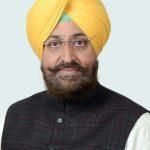
7. Giani Zail Singh (1916–1994)
Term: July 25th, 1982 – July 25th, 1987
In March 1972, Singh assumed the position of chief Minister of Punjab, and in 1980, he became Union Home Minister. He was also secretary general to Non-Aligned Movement (NAM) from 1983 to 1986
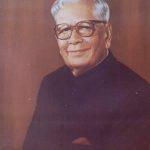
8. Ramaswamy Venkataraman (1910–2009)
Term: July 25th, 1987 – July 25th, 1987
In 1942, Venkataraman was jailed by the British for his involvement in the Indian independence movement. After his release, he was elected to independent India’s Provisional Parliament as a member of the Congress Party in 1950 and eventually joined the central government, where he first served as Minister of Finance and Industry and later as Minister of Defence.
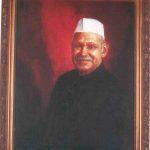
9. Shankar Dayal Sharma (1918–1999)
Term: July 25th, 1992 – July 25th, 1997
Sharma was Chief Minister of MadhyaPradesh and the Indian Minister for Communications. He has also served as the governor of Andhra Pradesh, Punjab and Maharashtra.
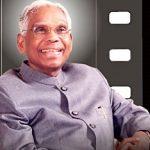
10. Kocheril Raman Narayanan (1920–2005)
Term: July 25th, 1997 – July 25th, 2002
Narayanan served as India’s ambassador to Thailand, Turkey, China and the United States of America. He received doctorates in Science and Law and was also a chancellor in several universities. He was also the vice-chancellor of Jawaharlal Nehru University. He was the first President from Kerala, and also the first Dalit President. He was a member of Parliament from the Ottapalam constituency for three successive tenures (1984, 1989 and 1991). In 1985, he was appointed as the Minister for State (Planning, External Affairs and Science and Technology) in the Rajiv Gandhi government.
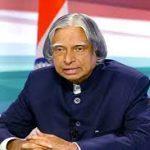
11. A. P. J. Abdul Kalam (1931–2015)
Term: July 25th, 2002 – July 25th, 2007
A.P.J. Abdul Kalam, in full Avul Pakir Jainulabdeen Abdul Kalam.
He was a scientist who played a leading role in the development of India’s ballistic missile and nuclear weapons programs. He also received the Bharat Ratna. Kalam was affectionately known as the People’s President, due to his extra-Presidential activities.
He was the first bachelor president of India, and the first Muslim President who completed his term. Kalam died following a heart attack while delivering a speech in Shillong.
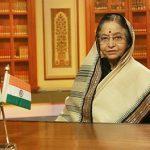
12. Pratibha Patil (1934–)
Term: July 25th, 2007 – July 25th, 2007
Patil was the first woman to become the President of India. She was also the first female Governor of Rajasthan. Prior to her election as president, Patil served as the governor of Rajasthan from 2004 to 2007, the first woman to hold this office as well. While in the Rajya Sabha, Patil was the deputy chairperson from 1986 to 1988 and also served as the chairperson when Dr. R. Venkataraman was elected as President of India.
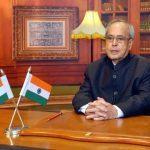
13. Pranab Mukherjee (1935–August 2020)
Term: July 25th, 2012 – July 25th, 2017
Pranab Mukherjee held various posts in the cabinet ministry for the Government of India such as Finance Minister, Foreign Minister, Defence Minister and Deputy Chairman of the Planning Commission.
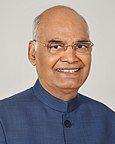
14. Ram Nath Kovind (1945–)
Term: July 25th, 2017 – July 21st, 2022
Kovind was governor of Bihar from 2015 to 2017 and a Member of Parliament from 1994 to 2006. He is the second Dalit president (after K. R. Narayanan) and is the first president of the Bharatiya Janata Party (BJP) and is an active member of Rashtriya Swayamsevak Sangh (RSS) since his youth. He was the first person from Uttar Pradesh to serve as President of India. Ram Nath Kovind was the former Governor of Bihar. He has been an ardent champion of equality in society and integrity in public life.
15. Droupadi Murmu (1958 – )

Term: July 21st, 2022 – Working
She is the 15th President of India and was a member of the Bharatiya Janata Party
She is the first person belonging to the tribal community and also the second woman after Pratibha Patil to hold the President’s office. Prior to her presidency she served as the ninth Governor of Jharkhand between 2015 and 2021, and held various portfolios in the cabinet of Government of Odisha between 2000 to 2004.
Presidents of India (Tabular View)
| No. | Name | Tenure |
| 1 | Rajendra Prasad | 26 January 1950 – 13 May 1962 |
| 2 | Sarvepalli Radhakrishnan | 13 May 1962 – 13 May 1967 |
| 3 | Zakir Hussain | 13 May 1967 – 3 May 1969 |
| – | VV Giri (Acting President) | 3 May 1969 – 20 July 1969 |
| – | Mohammad Hidayatullah (Acting President) | 20 July 1969 to 24 August 1969 |
| 4 | V.V Giri | 24 August 1969 – 24 August 1974 |
| 5 | Fakhruddin Ali Ahmed | 24 August 1974 – 11 February 1977 |
| – | Basappa Danappa Jatti (Acting President) | 11 February 1977 – 25 July 1977 |
| 6 | Neelam Sanjiva Reddy | 25 July 1977 – 25 July 1982 |
| 7 | Giani Zail Singh | 25 July 1982 – 25 July 1987 |
| 8 | R Venkataraman | 25 July 1987 – 25 July 1992 |
| 9 | Shankar Dayal Sharma | 25 July 1992 – 25 July 1997 |
| 10 | K R Narayanan | 25 July 1997 – 25 July 2002 |
| 11 | APJ Abdul Kalam | 25 July 2002 – 25 July 2007 |
| 12 | Pratibha Patil | 25 July 2007 – 25 July 2012 |
| 13 | Pranab Mukherjee | 25 July – 25 July 2017 |
| 14 | Ram Nath Kovind | 25 July 2017 – 21 July 2022 |
| 15 | Draupadi Murmu | 21 July 2022-Incumbent |
Presidents of India: Important Facts
1. To date, seven Presidents have been members of a political party before being elected.
2. Six of these were active party members of the Congress Party.
3. Dr. Rajendra Prasad (first President of India) is the only person to have held office for two terms.
4. Incumbent President Draupadi Murmu was a member of the Bharatiya Janata Party becoming the President of India.
FAQs
The First Citizen Of India Is The President Because He Or She Represents Our Country. He Is The Constitutional Head Of The Nation, And All Executive Decisions Are Taken In His Name.
Dr. Rajendra Prasad was the First President of India.
The Election Commission of India conducts the election of the President of India.
The President shall hold office for a term of 5 years.
The President is elected by an Electoral College, which is explained in the article.
On 25 July 2007, Pratibha Patil Took The Oath As India’s First Woman President. She Is The 12th President Of India.
Since 1950, India Has Had 15 Full-Time Presidents. The 15th President Of India Is Draupadi Murmu.

